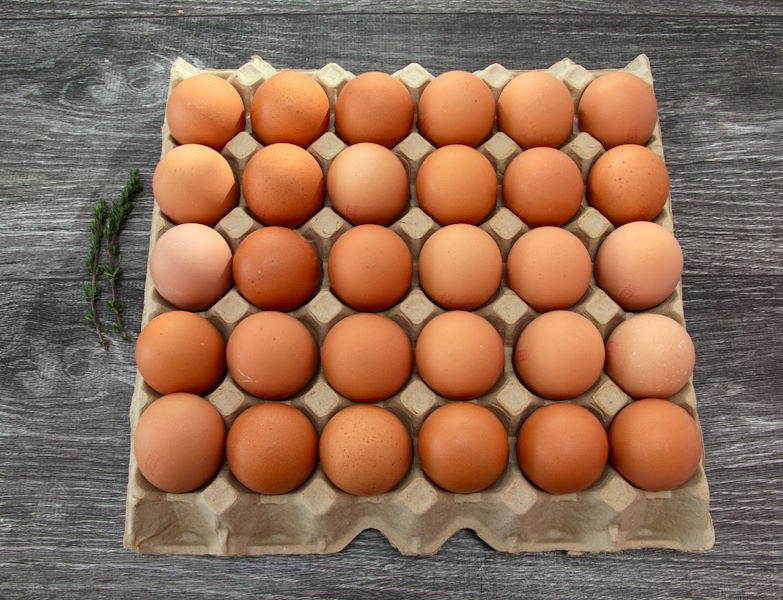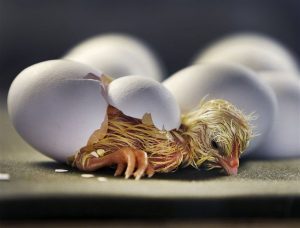Layer chicken egg production is a lucrative and essential component of the poultry industry. To ensure maximum yield and profitability, it is crucial for farmers to implement effective strategies and practices. In this blog article, we will explore various factors that can significantly impact egg production and provide actionable tips for maximizing yield.
1. Selecting the Right Breeds:
Choosing the appropriate breed of layer chickens is vital for achieving high egg production. Some key considerations include breed suitability for local climatic conditions, disease resistance, and productivity. Popular layer breeds such as White Leghorns, Rhode Island Reds, and Sussex are known for their high egg-laying potential.
By the way you should Note that our company can help you to start by giving you all the necessary information you need to get started if not yet in the business. Please check our online shop, we have all standard business proposals for different capacities at very a cheap price made by the best agricultural specialists as well as Standard design plans that are made by the best agricultural architects around the globe. please visit our online shop now using the links below to witness by yourself
Design plans (FARM HOUSE DESIGNS – Kimd Construction & Farm Consultants)
Business plans (BUSINESS PLANS & PROPOSALS – Kimd Construction & Farm Consultants)
Welcome back from visiting our shop, hope you have placed your order for any of our products or you can place it after navigating more of our informative articles.
so let’s continue with our article!
2. Providing Optimal Nutrition:
A well-balanced diet plays a crucial role in maximizing egg production. Layers require a diet rich in protein, vitamins, minerals, and calcium. A nutritionally balanced feed should be provided to meet the specific requirements of each age group, including starter, grower, and layer feeds. Additionally, providing access to clean water at all times is essential for hydration and optimal egg production.
3. Maintaining Proper Lighting:
Lighting plays a significant role in regulating the reproductive cycle of layer chickens. Providing the right amount of light stimulates egg production. Generally, layers require 14-16 hours of light per day to encourage maximum egg production. Using artificial lighting during shorter daylight periods can help maintain consistent lighting conditions.
4. Ensuring Comfortable Housing:
Creating a comfortable and stress-free environment is crucial for layers to perform at their best. The henhouse or chicken coop should be properly ventilated to maintain optimal temperature and air quality. Adequate space per bird should be provided to avoid overcrowding, as this can lead to stress and decreased egg production. Regular cleaning and disinfection of the coop are essential to prevent the spread of diseases.

5. Proper Disease Management:
Disease outbreaks can have a detrimental impact on egg production. Implementing a comprehensive disease management program is essential to minimize the risk of diseases. This includes regular vaccination, proper biosecurity measures, and routine health checks by a veterinarian. Quarantining new birds before introducing them to the existing flock can prevent the spread of diseases.
6. Regular Egg Collection and Handling:
Prompt and regular egg collection is crucial to maximize egg production. Eggs should be collected at least two to three times a day to ensure their freshness and prevent breakage. Proper handling and storage of eggs are essential to maintain their quality. Eggs should be stored in a cool and clean environment to prevent spoilage and maintain their market value.
7. Monitoring and Record Keeping:
Regular monitoring of egg production, feed consumption, and bird health is vital for identifying any issues and making necessary adjustments. Keeping detailed records allows farmers to track performance, identify trends, and make informed decisions to improve productivity. Monitoring factors such as egg weight, shell quality, and feed conversion ratio can provide valuable insights for optimizing production.
Conclusion:
Maximizing yield in layer chicken egg production requires careful attention to various factors ranging from breed selection to disease management. By implementing the strategies mentioned above, farmers can enhance egg production, improve profitability, and ensure the overall success of their layer chicken enterprise. Remember, constant monitoring, adaptation, and continuous learning are key to achieving long-term success in this industry.



